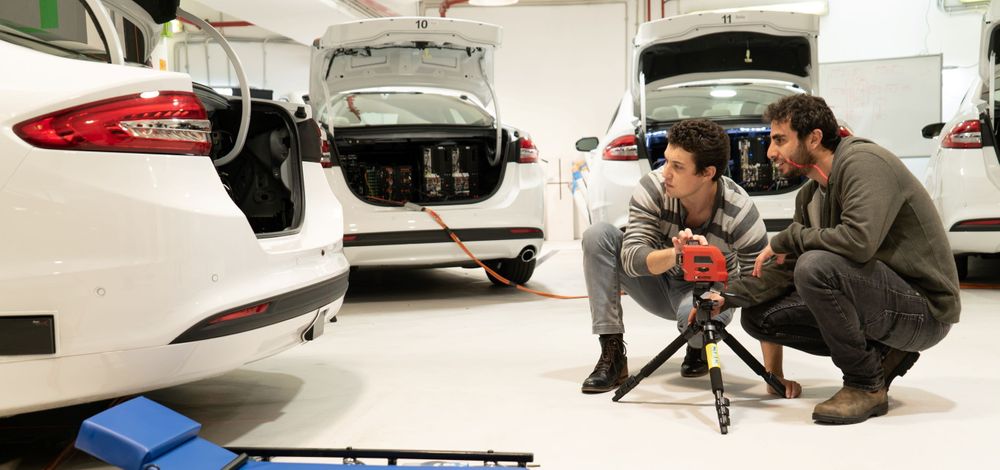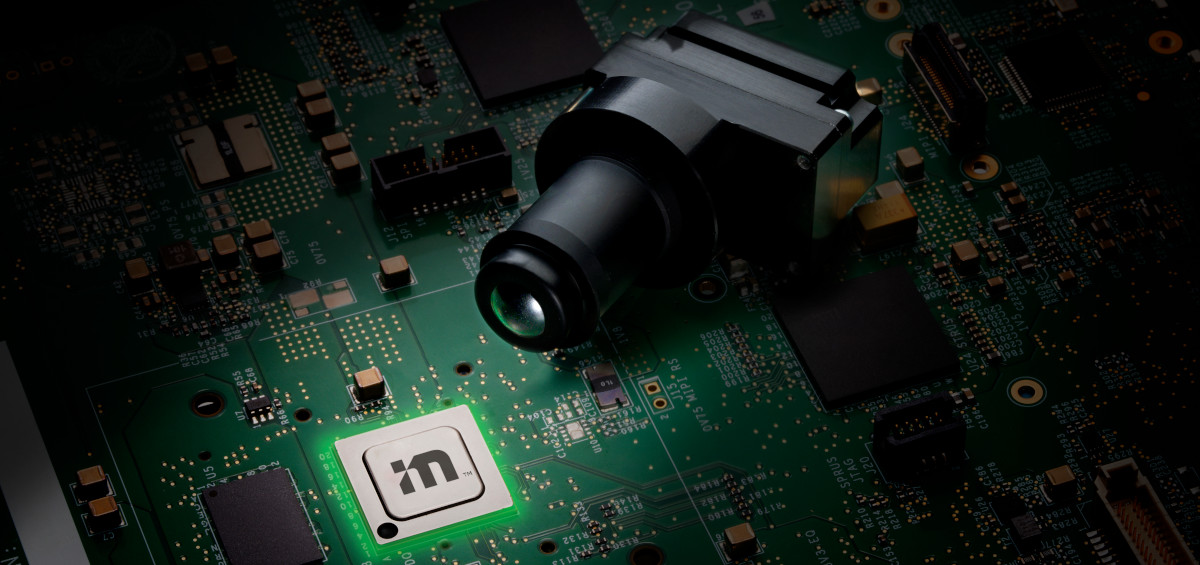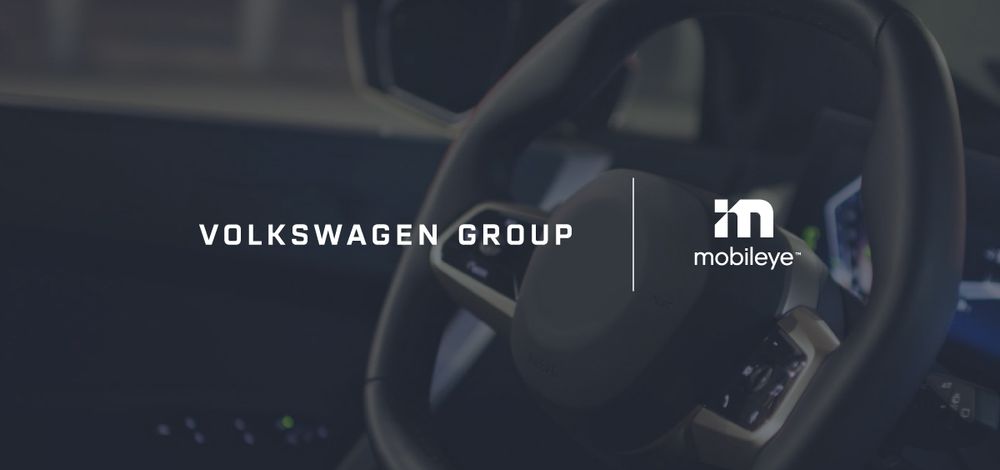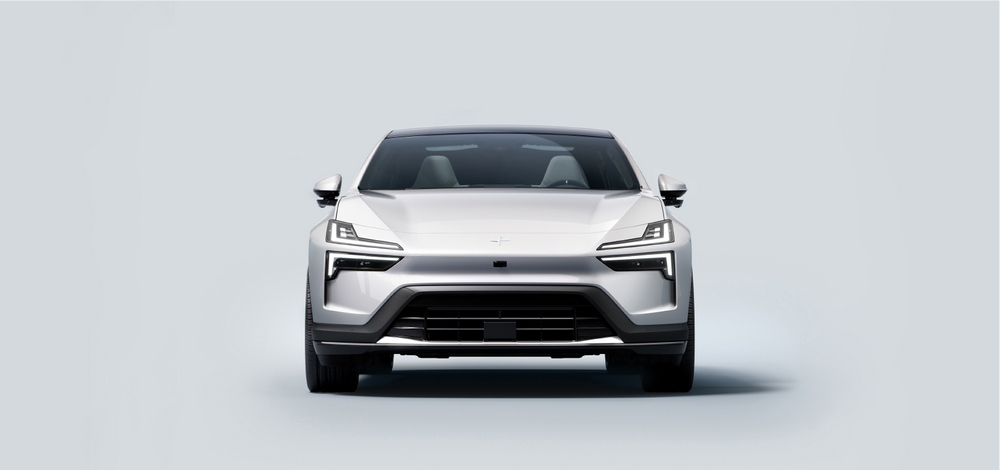opinion
|
March 25, 2019
Innovation Requires Originality
Despite uncanny similarities, Nvidia’s SFF fails to match Mobileye’s RSS, says Mobileye CEO Prof. Amnon Shashua.

Inside Mobileye Labs
“If imitation is the sincerest form of flattery,” writes our CEO Prof. Amnon Shashua, “then Nvidia must think very highly of us.” If nothing else, the gaming-processor company has demonstrated a consistent track record of imitating Mobileye’s innovations. But nowhere has this been more evident than with the announcement of Nvidia’s Safety Force Field (SFF) – a document that bears more than a passing resemblance to our own Responsibility-Sensitive Safety (RSS) model.
Mobileye first released RSS in an academic paper in 2017, proposing an open safety model for the entire industry. RSS represents a technology-neutral safety model crafted to help industry and government leaders alike come to a common definition of what it means for an automated vehicle to drive safely. It’s based around five core “safety rules” – guiding principles through which any automated vehicle system can measure its actions in order to best ensure the safest possible outcome of potentially dangerous situations it may encounter on the road.
Public and private parties around the world have embraced the framework. Nvidia was initially among them – until, much to our surprise and disappointment, it subsequently pulled out of the proposed collaboration. We were even more surprised, however, when it released its own SFF model.
“Curious to see what ‘first-of-its-kind’ innovation Nvidia had created, we eagerly read the publicly released white paper about Safety Force Field (SFF),” writes Shashua, “only to have the eerie feeling that we were looking in the mirror.” For a more complete rundown of just how closely Nvidia’s SFF mirrors Mobileye’s RSS, read our CEO’s editorial in the Intel Newsroom.
Share article
Press Contacts
Contact our PR team








